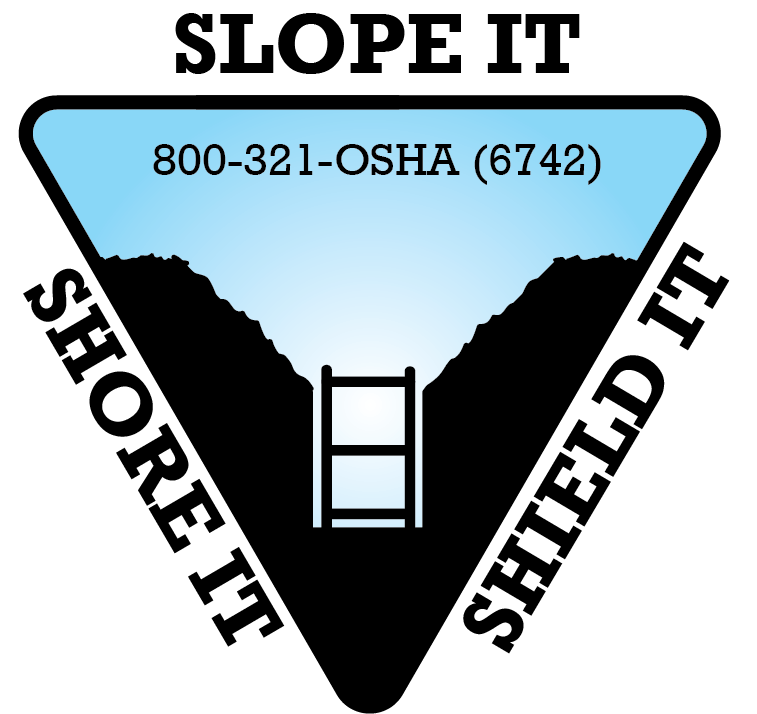Trenching and Excavation
SLOPE IT. SHORE IT. SHIELD IT.
Overview
OSHA is focusing on reducing trenching and excavation hazards. Trench collapses, or cave-ins, pose the greatest risk to workers' lives. To prevent cave-ins:
- SLOPE or bench trench walls
- SHORE trench walls with supports, or
- SHIELD trench walls with trench boxes
Employers should also ensure there is a safe way to enter and exit the trench. Keep materials away from the edge of the trench. Look for standing water or atmospheric hazards. Never enter a trench unless it has been properly inspected.
29 CFR 1926.650, 29 CFR 1926.651, and 29 CFR 1926.652 are applicable OSHA standards.
Construction
Resources on OSHA's construction regulations, hazard recognition, and possible solutions.
Hazards and Solutions
Describes how soil analysis should be conducted to determine appropriate sloping, benching, and shoring for preventing cave-ins and how employees should be trained on all trenching hazards before beginning work.
Additional Resources
Publications, videos and other resources to help employers keep workers safe.


